Chinese Lunar New Year Facts 2017: Recipes For Traditional Dishes Like Longevity Noodles And Nian Gao
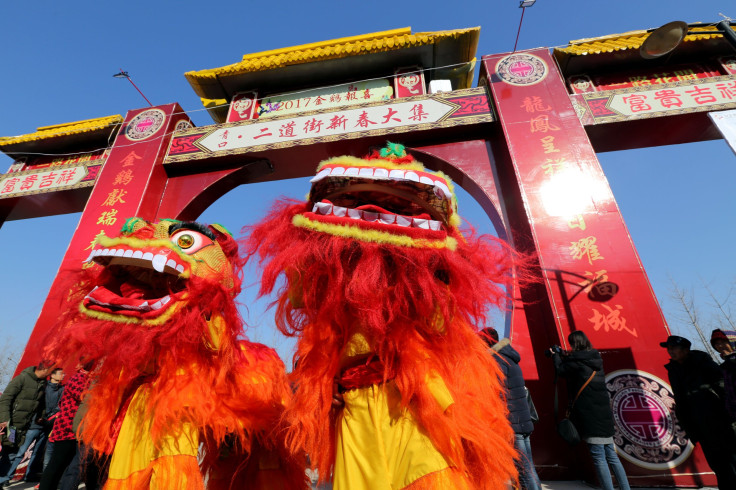
The Chinese Lunar New Year, an annual holiday that brings families together to feast and celebrate, begins Saturday. People around the world will revel into early next month as they dine on traditional dishes and relax from work.
The observance — based on astronomical records from an ancient Chinese calendar that has been around since the 14th century B.C. — was initially set aside as a time to honor your household, ancestors and deities. Even though China adopted the Western calendar in 1912, the holiday is still widely recognized worldwide.
Here are a few fast facts to know about it:
- While the holiday is celebrated in Asian countries like China, Singapore, Taiwan, Indonesia, Malaysia, Vietnam and South Korea, it is also recognized in places like the United Kingdom, France, Canada, German, Australia and the U.S., according to NBC News.
- Japan used to be one of the Asian countries that celebrated the Lunar New Year. But in 1873, the Meiji Restoration restored imperial rule, and the Japanese switched to the Western calendar.
- A few cities in the U.S. give Chinese New Year school holidays to their students. These include New York City and San Francisco.
- The historic Chinese calendar was a lunisolar calendar, which consists of lunar months placed by points in the solar system, according to the Telegraph.
With the traditional holiday also comes traditional foods that typically consist of dumplings, spring rolls, fish and nian gao (rice cakes). From Buddha's Delight to Longevity Noodles, below are easy recipes to follow in accordance with the traditional Chinese holiday.
Nian Gao
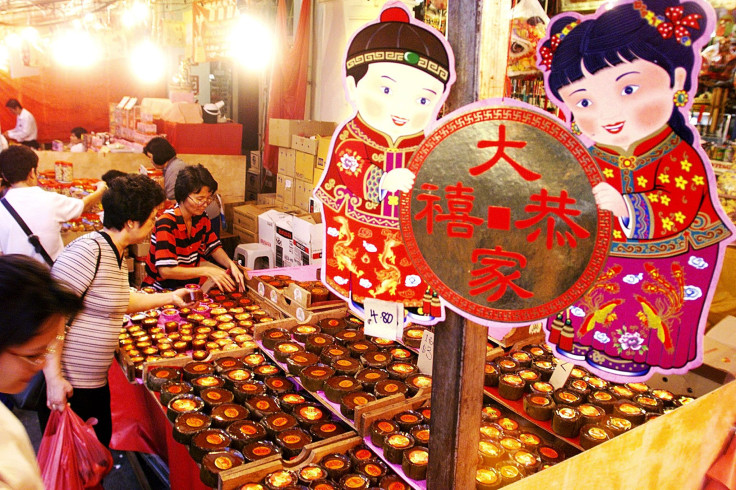
Niano gao, 年糕, which translates to “year cake,” is a year-round dish but is mostly prepared for the new year. Some of the ingredients include glutinous rice flour, wheat starch and a pinch of sea salt or table salt, as well as cane sugar, brown sugar and cold water. Check out the full recipe on how to create the rice cakes here.
Longevity Noodles
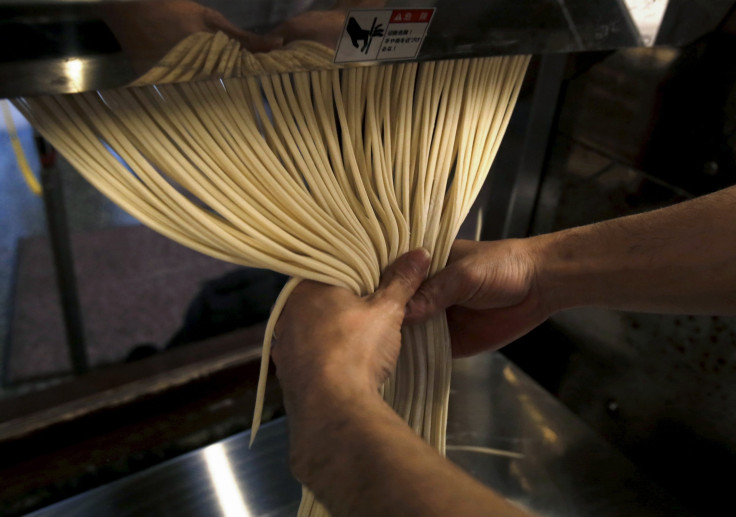
Longevity noodles, 长寿面, are meant to symbolize length and longevity for the eater’s life. They include water, soybean sprouts, salt, Chinese egg noodles and chicken stock. Similar to other Chinese dishes, this recipe also needs soy sauce, sesame oil, peanut oil, fresh ginger, some snow peas and fresh water chestnuts. For steps on how to make longevity noodles, check out this recipe.
Fish
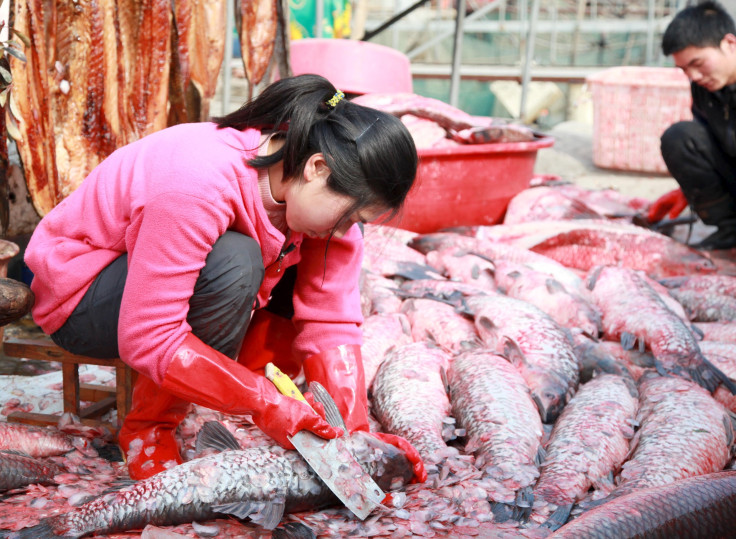
Fish, 鱼 , is a common meal for the holiday and symbolizes wealth for those who consume it. The dish is typically prepared whole, however, the way it is prepared and the ingredients can vary from a traditional recipe to something more contemporary. This recipe shows the step-by-step for a steamed fish dish.
Buddha's Delight
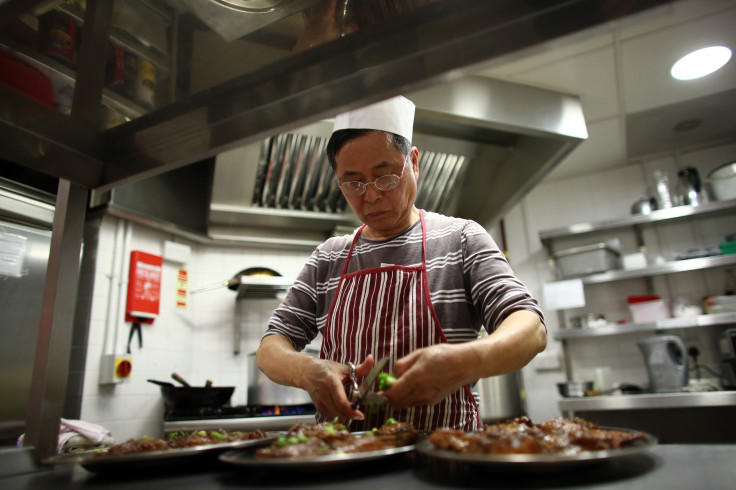
This dish is usually served on the first day of the Chinese New Year. Its name was derived from how Buddhist monks traditionally ate and enjoyed the meal. The ingredients of the dish, although requiring more items than previous recipes on this list, are viewed as symbols of good luck. This recipe shows you what you need for Buddha’s delight.
© Copyright IBTimes 2024. All rights reserved.





















